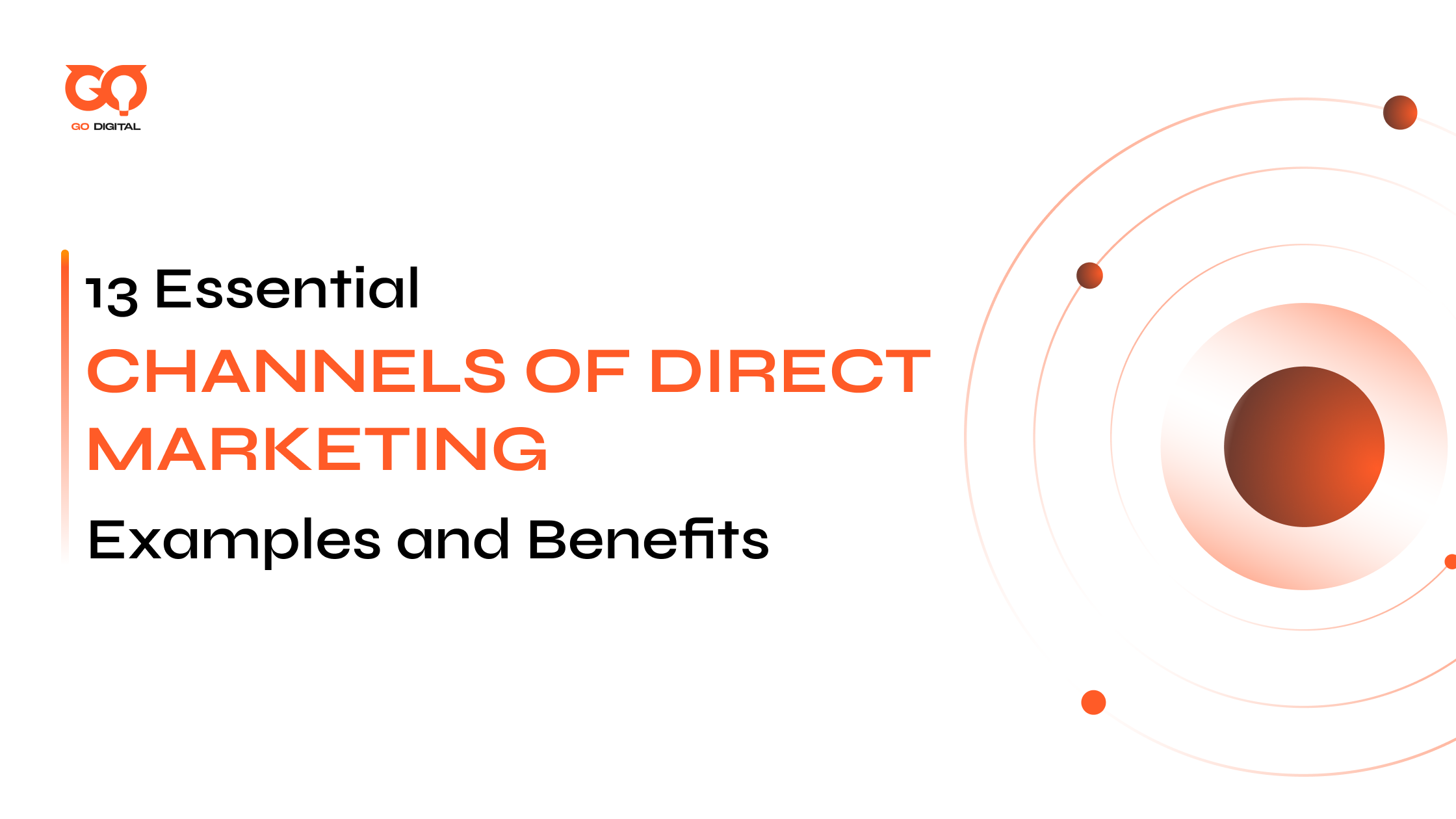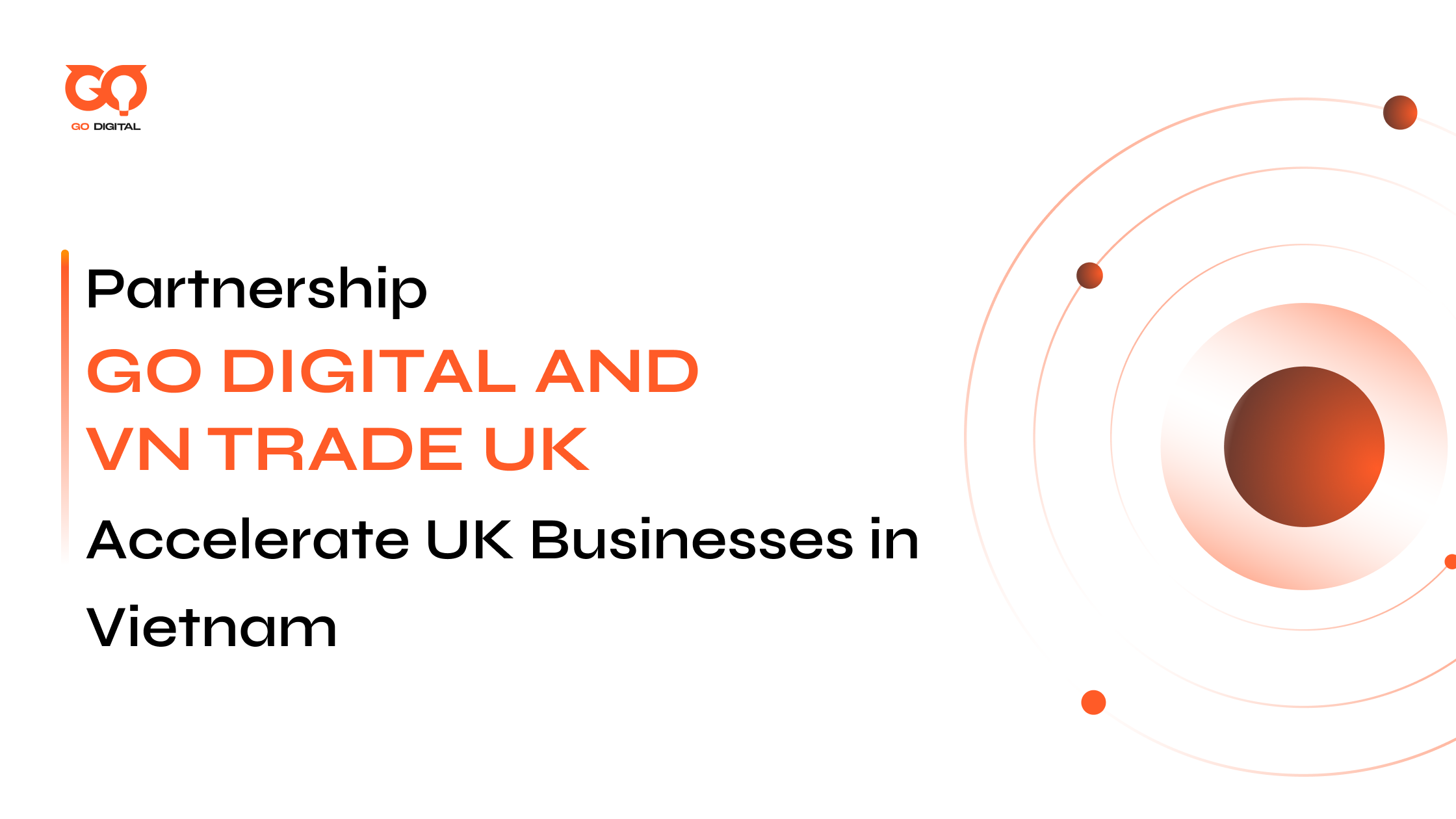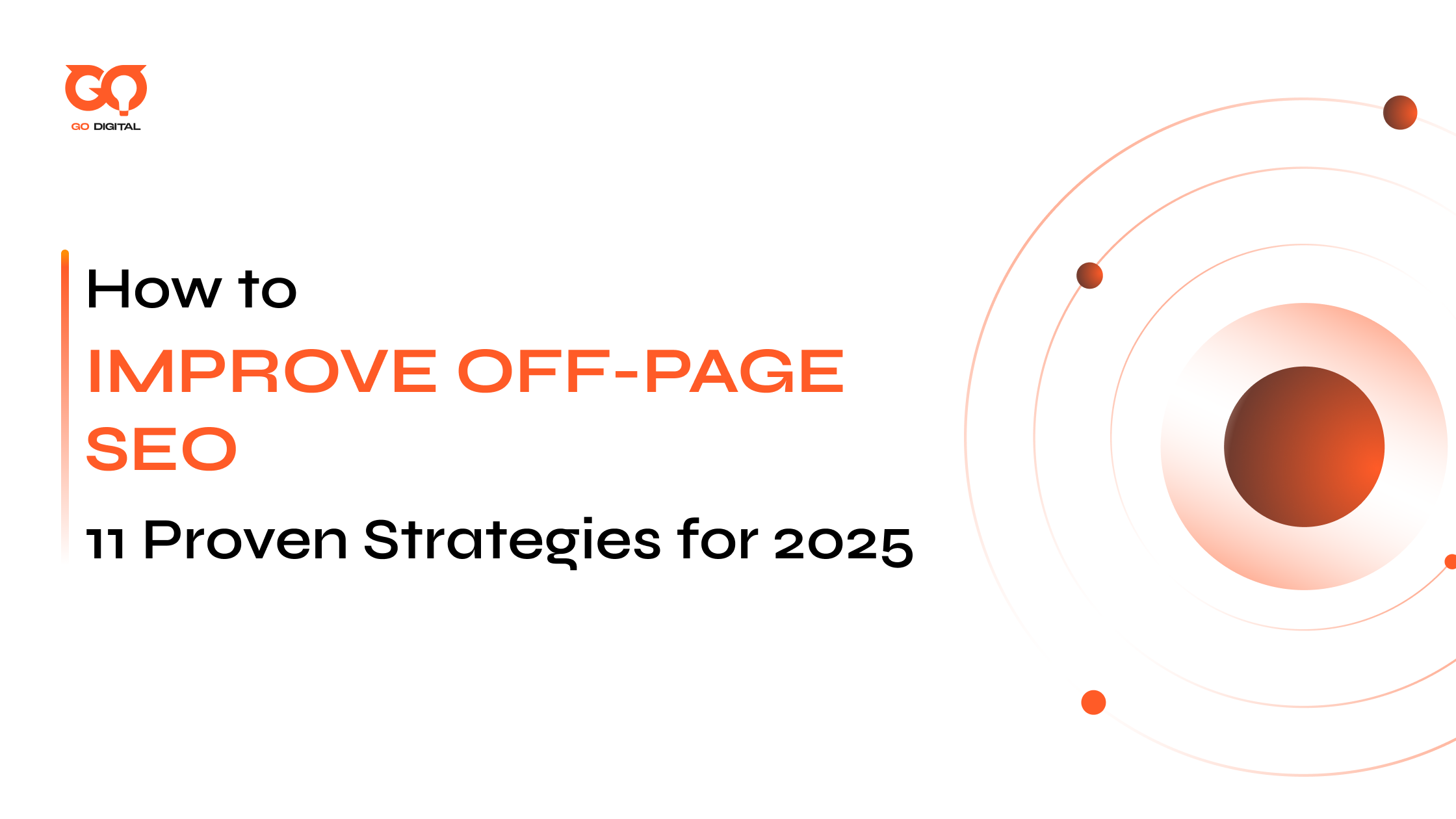According to a 2021 report by McKinsey & Company, 71% of consumers expect personalized interactions from companies. In addition, 76% of consumers feel disappointed when brands fail to deliver personalized experiences. Furthermore, 76% of consumers are more likely to make a purchase from brands that offer personalized experiences.
This highlights the importance of optimizing channels of direct marketing. In 2025, businesses must leverage direct marketing to stay competitive. This guide will explore the most effective direct marketing channels to help you attract and retain loyal customers.
What Is Direct Marketing?
Direct marketing refers to strategies that involve direct communication with potential customers to encourage immediate action. This can be achieved through channels like email, SMS, direct mail, social media, or telemarketing.
The key goal of direct marketing is to get a quick response, such as a purchase or a service sign-up. Unlike traditional advertising, which targets a broad audience, direct marketing focuses on personalized, measurable interactions with specific segments of your target audience.
For example, a personalized email campaign from a company can result in higher engagement and sales compared to a generic advertisement.
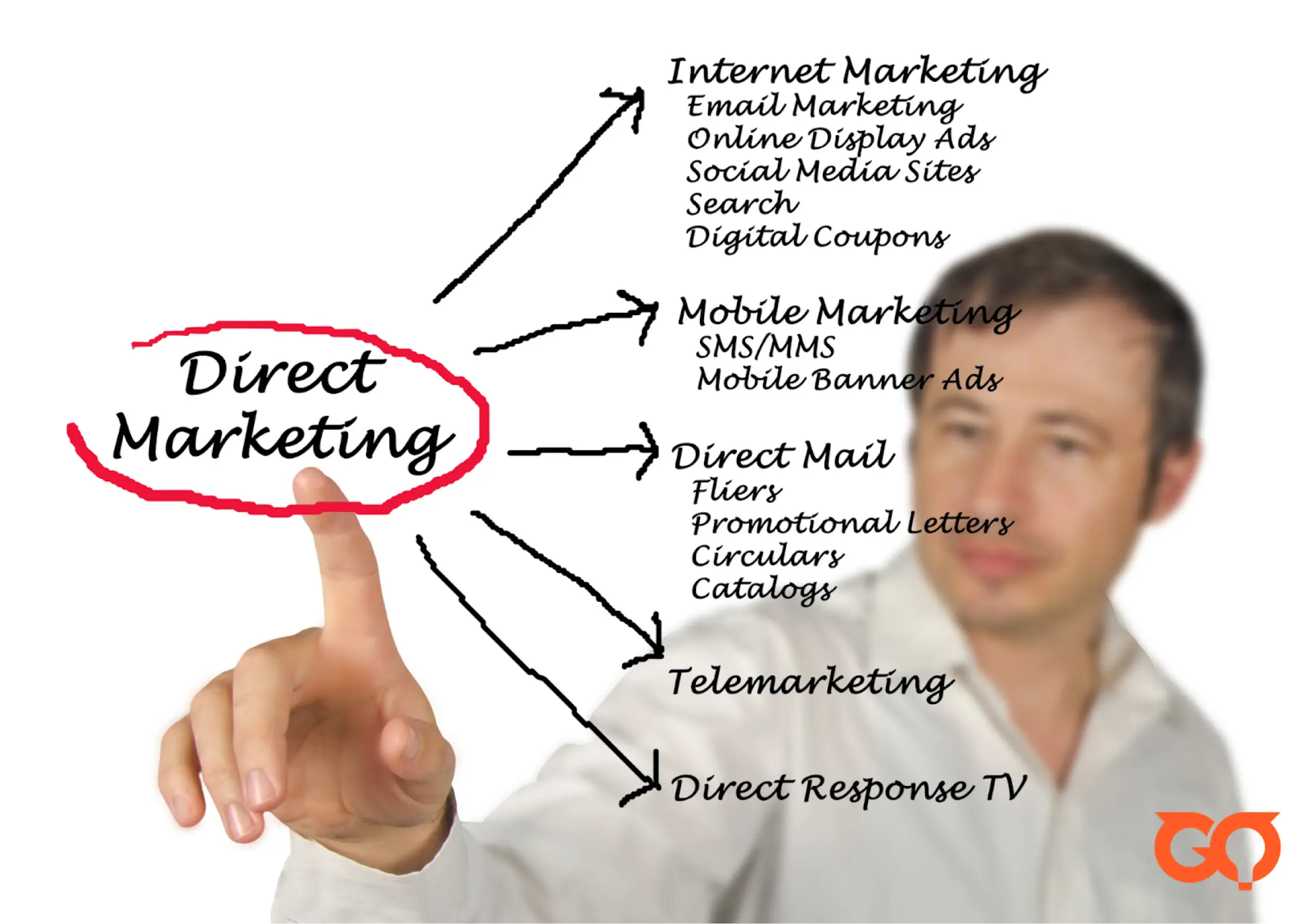
How Does Direct Marketing Differ From Indirect Marketing?
Direct marketing and indirect marketing are two distinct approaches to reaching customers. While both aim to increase brand awareness and drive sales, they do so in different ways.
Direct marketing focuses on personalized, one-to-one communication. It targets specific customers through channels like email, SMS, and social media, aiming for immediate actions like purchases or sign-ups. This approach allows businesses to measure the effectiveness of each interaction.
Indirect marketing, on the other hand, involves broad outreach. This could be through TV, radio, or general online ads. The message is meant for a larger audience, and its impact is often harder to measure in real-time.
The main difference lies in personalization and immediacy. Direct marketing builds a direct relationship with the customer, while indirect marketing focuses on brand awareness across a wider group.
13 Most Effective Channels of Direct Marketing Examples
Channels of direct marketing vary depending on the target audience and business goals. For B2B marketing, the focus is typically on building long-term relationships, generating leads, and driving business growth through personalized communication. Here are 13 direct marketing channels examples from B2B companies:
1. Email Marketing
Email marketing continues to be a powerhouse for both B2B and B2C businesses. By crafting personalized emails that cater to the specific needs and preferences of recipients, companies can significantly boost engagement.
Example: HubSpot’s personalized email campaigns led to a 60% increase in click-through rates (CTR). By segmenting their audience and sending relevant content, HubSpot improved both engagement and conversion rates.
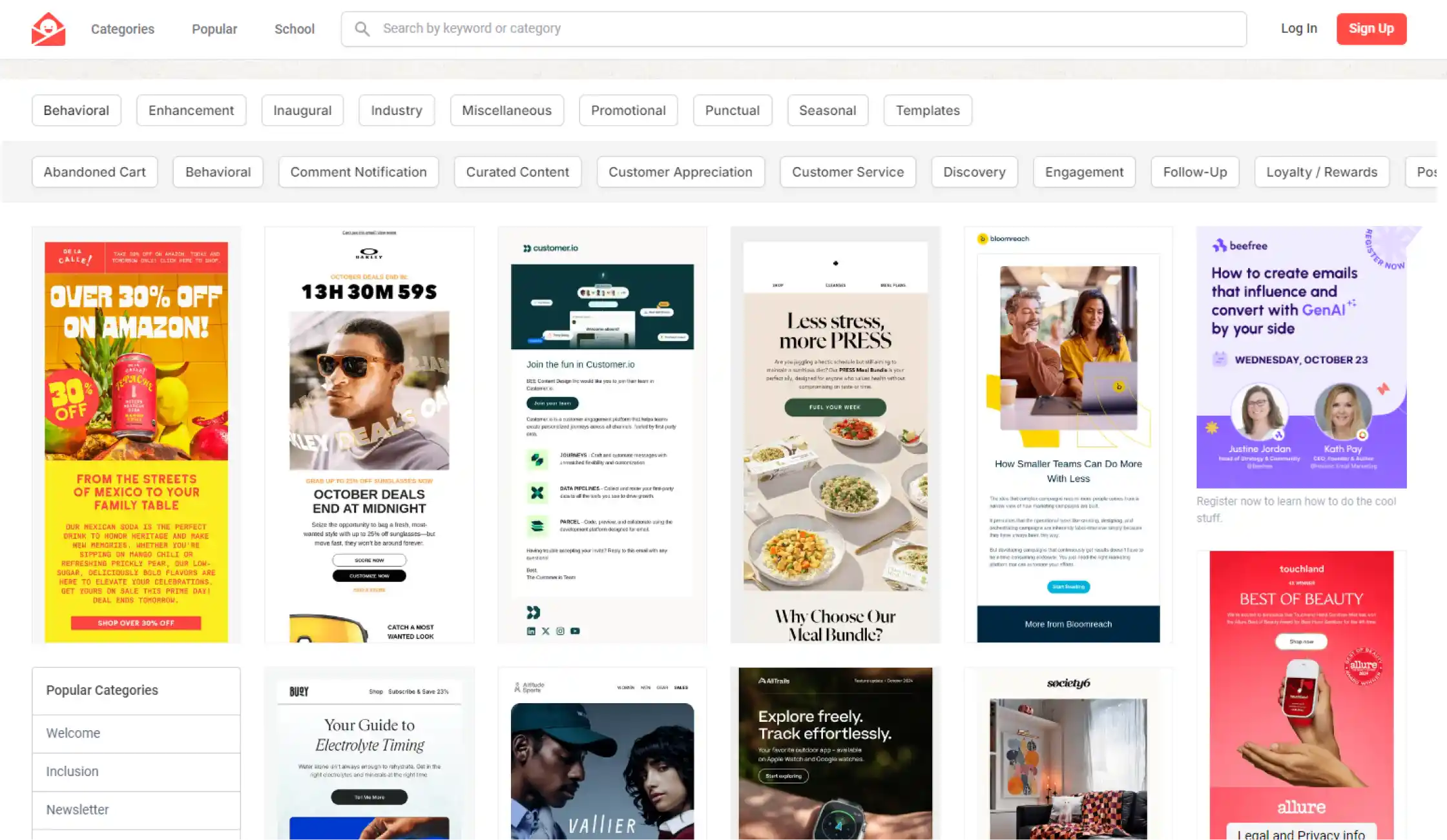
2. LinkedIn Outreach
LinkedIn is an essential platform for B2B marketers. It’s ideal for targeting decision-makers in professional industries and engaging with them through personalized outreach.
Example: IBM ran a successful campaign using LinkedIn Sponsored Content and InMail messages. They reached decision-makers in the IT sector, resulting in a 60% increase in engagement and generating over 500 high-quality leads from a single campaign.
3. Telemarketing
Although it’s not as trendy as digital channels, telemarketing is still an effective method for reaching decision-makers in B2B marketing, especially when selling high-value or complex products.
Example: Salesforce’s Outbound Telemarketing
Salesforce utilized outbound telemarketing campaigns to target small and medium businesses with their CRM solutions. By combining cold calling with targeted follow-up emails, Salesforce achieved a 20% conversion rate on leads generated through these calls.
4. Webinars and Virtual Events
Hosting or participating in webinars and virtual events is a great way to demonstrate expertise, educate your audience, and build relationships. This channel works particularly well for B2B companies.
Example: Cisco’s global webinars on topics like network security and cloud solutions have led to a 30% increase in sales for their cloud products. By offering value in these webinars, Cisco was able to convert attendees into long-term customers.
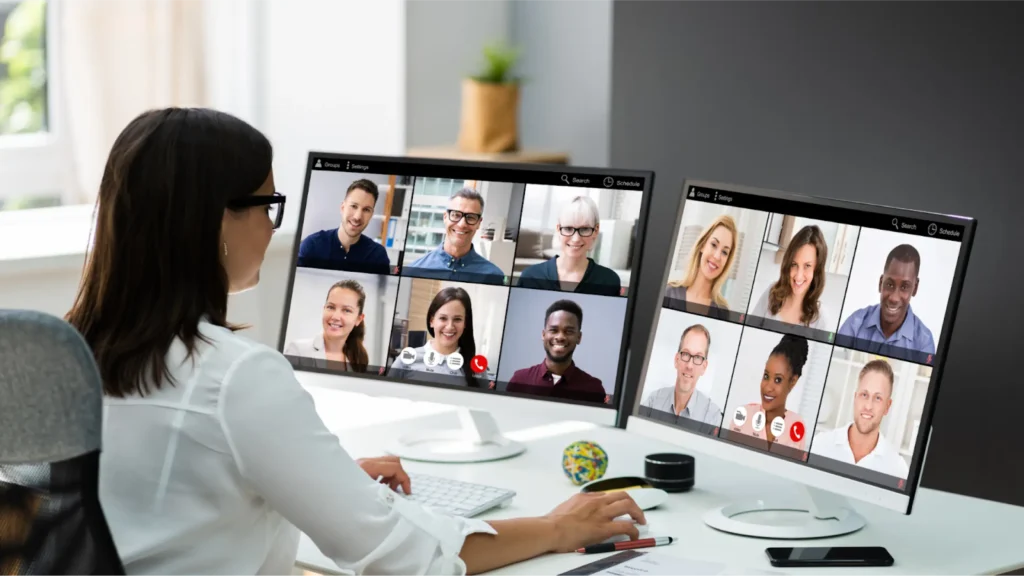
5. SMS Marketing
SMS marketing boasts an open rate as high as 98%, making it one of the most effective direct marketing channels for B2C companies. By sending personalized messages like flash sales or product updates, brands can drive quick engagement.
Example: Domino’s Pizza achieved a 20% increase in sales with their flash sale SMS campaign, which had an open rate of 98%.
6. Social Media Marketing
Platforms like Facebook, Instagram, and TikTok allow B2C businesses to connect directly with customers, offering highly targeted ads and personalized messages. Social media also enables two-way communication, which is essential for building brand loyalty.
Example: Nike on Instagram
Nike’s personalized direct messaging and targeted Instagram ads engage customers with tailored product recommendations based on browsing behavior. One campaign for their new shoes resulted in a 40% increase in conversion rates from Instagram users.
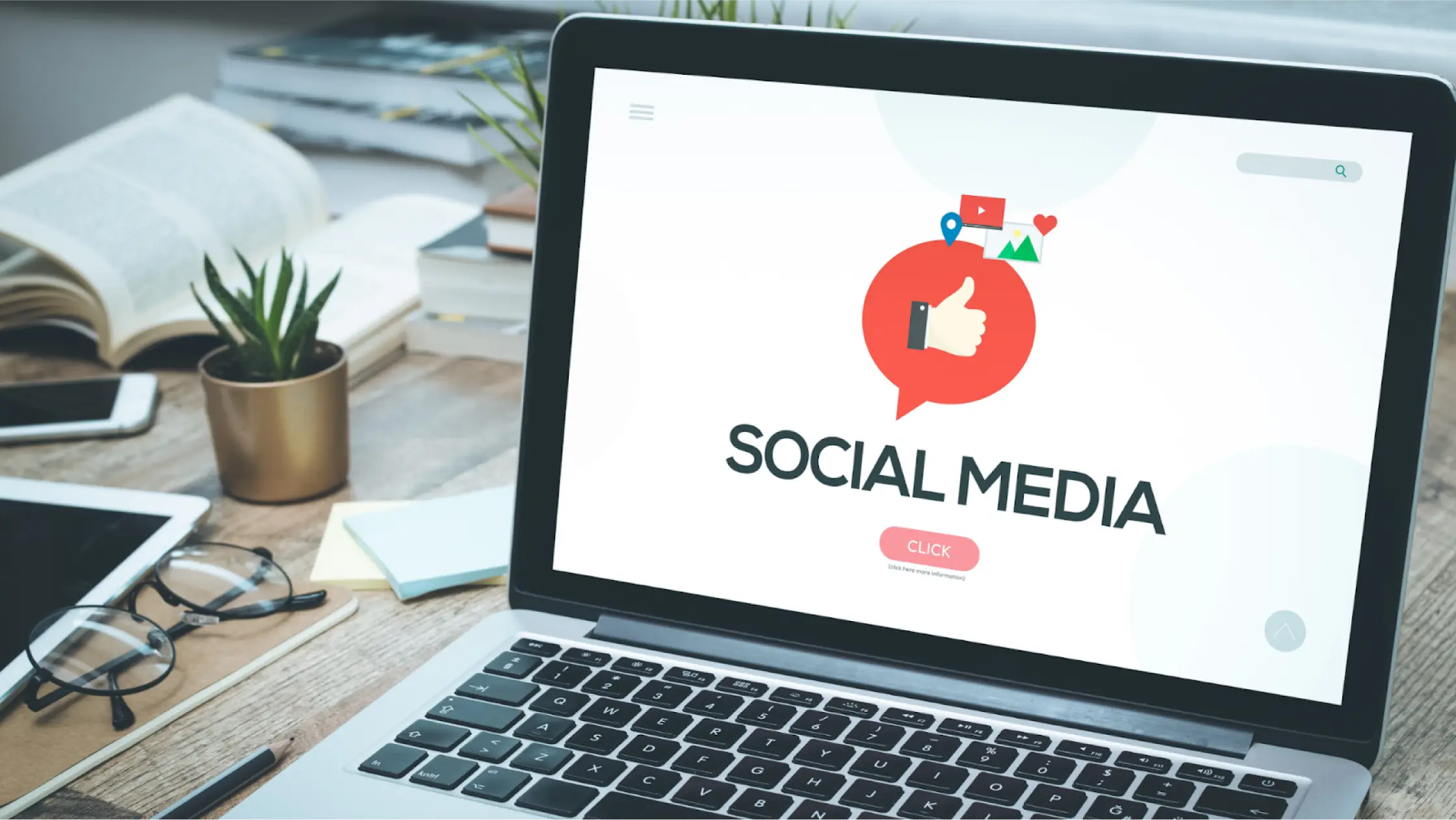
7. Direct Mail
While digital channels dominate the marketing landscape, direct mail still has a unique impact, especially for industries targeting high-value customers or specific localities.
Example: Ikea’s Direct Mail Catalog
Ikea’s direct mail catalog is a mix of product promotions, lifestyle content, and interactive QR codes that link customers directly to their eCommerce site. This strategy helped Ikea drive over $1 billion in annual sales through catalog distribution.
8. Influencer Marketing
Partnering with influencers who have a direct line to their followers can give businesses unprecedented access to potential customers in a credible and authentic way.
Example: Daniel Wellington Watches
Daniel Wellington partnered with influencers on Instagram and used discount codes through direct messaging to encourage purchases. This influencer-based campaign led to a 25% increase in revenue, and they became a globally recognized brand through this approach.
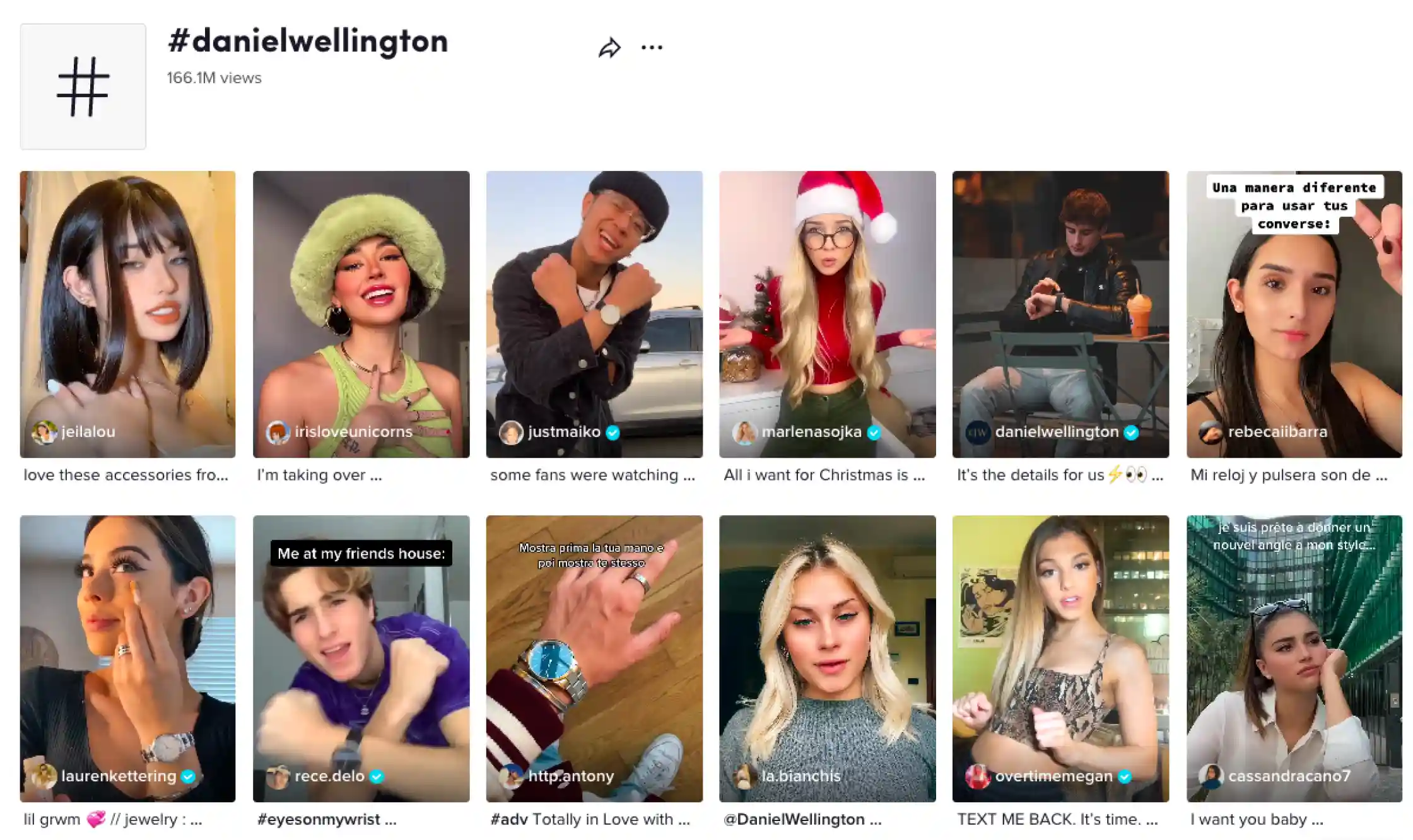
9. Paid Advertising
Paid advertising allows businesses to target specific customer segments and drive highly-qualified leads. Platforms like Google Ads, Facebook Ads, and LinkedIn Ads provide detailed targeting options to maximize ROI.
Example: Nike ran a successful Google Display Ads campaign, retargeting users who had previously visited their website. This resulted in a 40% increase in conversions from the ad campaign.
10. Chatbots & AI-Driven Messaging
Chatbots on websites or messaging platforms (like Facebook Messenger or WhatsApp) allow brands to interact instantly and directly with prospects, answer questions, qualify leads, and even process orders 24/7. This channel is especially effective for both B2B and B2C, providing real-time engagement and personalized experiences.
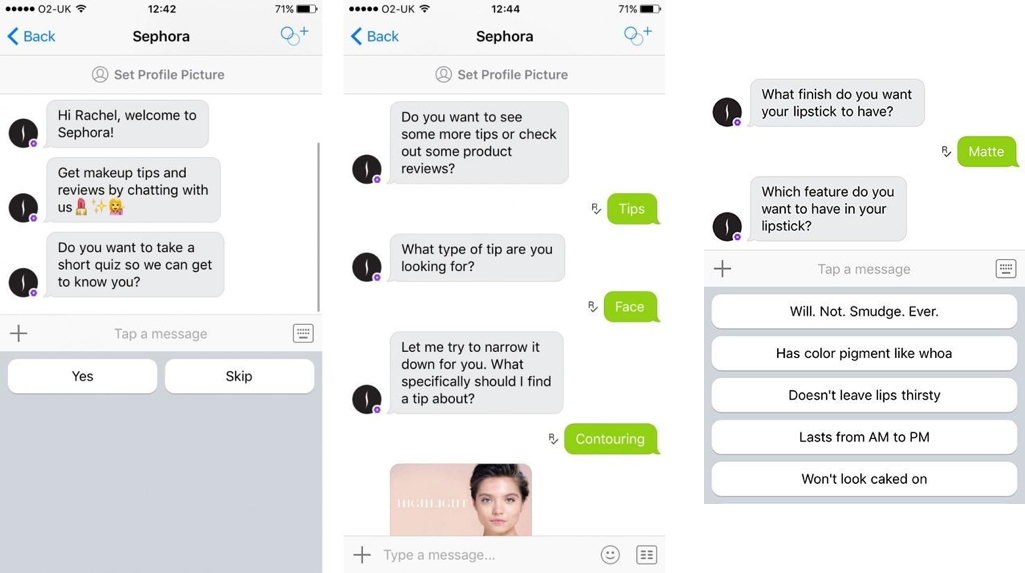
Example: Sephora is a leading example of how brands leverage chatbots and AI-driven messaging for direct marketing. Sephora introduced several chatbots across platforms like Facebook Messenger and Kik to provide customers with real-time, personalized beauty advice, product recommendations, appointment bookings, and even virtual try-ons using augmented reality. (Source: Linkedin)
Sephora’s AI chatbot handled 72% of routine customer inquiries, reducing the workload for human agents by 35% and increasing customer engagement by 44%
11. Social Media Direct Messages (DMs)
While you mentioned social media marketing broadly, direct messaging (DMs) is a distinct, highly personalized channel. Brands use DMs on platforms like Instagram, Facebook, and LinkedIn to nurture leads, provide customer support, and send exclusive offers.
Example: Many SaaS startups use LinkedIn DMs to follow up after webinars or events, resulting in higher response rates compared to email.
12. Podcast Marketing
Podcasts serve as a direct channel to engage niche audiences. Brands can sponsor, host, or guest on podcasts to deliver targeted messages and calls to action. This channel is especially powerful for B2B thought leadership and audience trust-building.
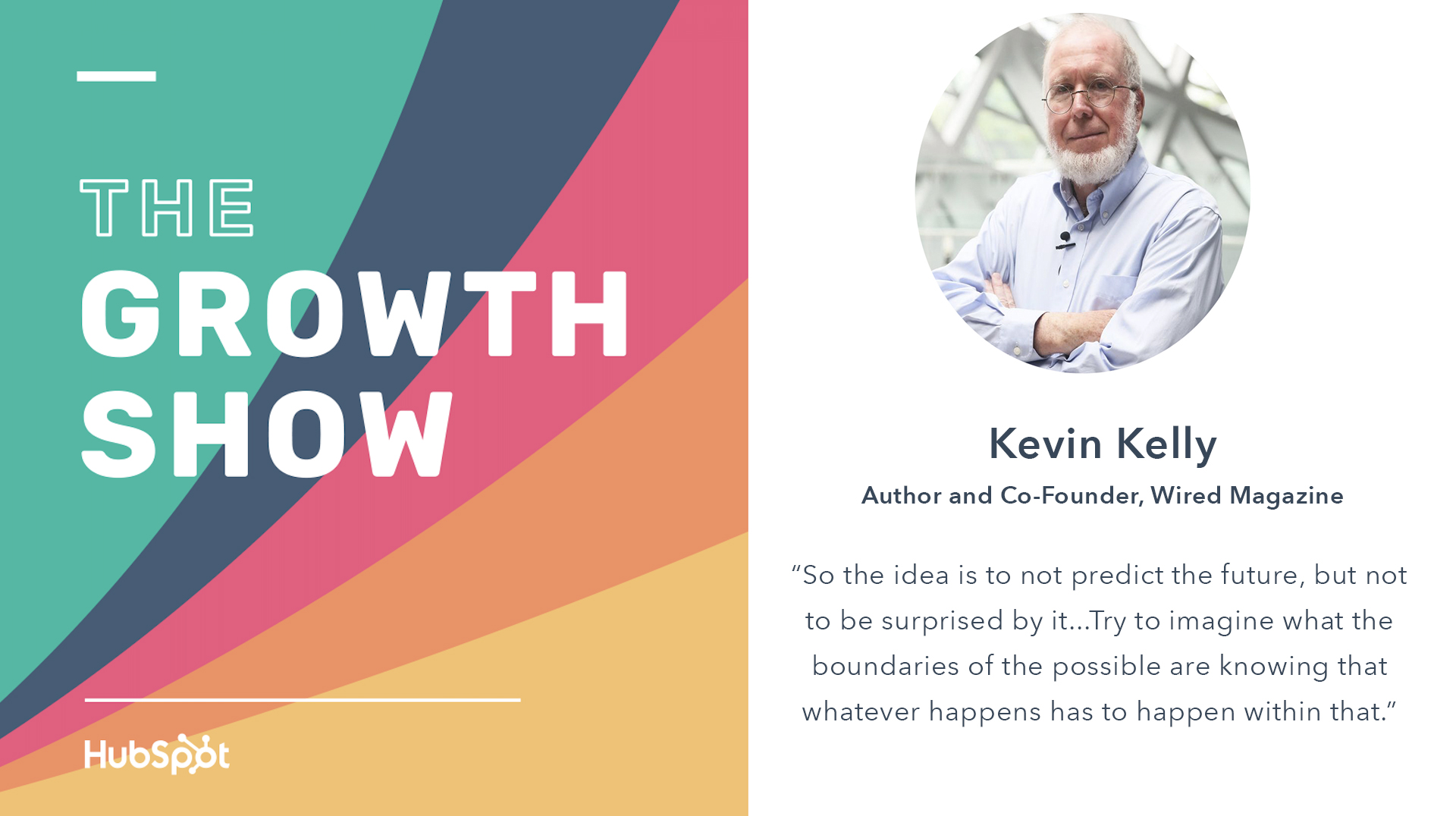
Example: HubSpot’s “The Growth Show” podcast generates qualified leads by discussing marketing and business growth topics relevant to their target audience
13. Affiliate Marketing
Affiliate marketing turns partners into a distributed sales force, where affiliates promote your product directly to their audience in exchange for a commission. This channel is performance-based and highly scalable, especially for SaaS and eCommerce.
Example: Shopify’s affiliate program leverages bloggers and influencers to drive signups, accounting for a significant share of new customer acquisition.
5 Optimization Tips To Drive Better Roi From Channels Of Direct Marketing
To make the most of your direct marketing efforts, it’s essential to optimize every step of your campaigns. Here are five tips to maximize your ROI:
Tip #1. Segment Your Audience
Segmentation is one of the most powerful tools in direct marketing. By grouping customers based on behaviors, demographics, or past purchases, you can create personalized messaging that speaks directly to their needs and preferences.
According to Mailchimp, segmented email campaigns have a 14.31% higher open rate and a 100.95% higher click-through rate compared to non-segmented campaigns.
Example: Sephora segments its customers based on shopping behaviors and preferences. For instance, a customer who frequently purchases skincare products may receive tailored emails featuring new skincare arrivals or tips, increasing the likelihood of repeat purchases.
Tools to Use:
-
Mailchimp (Email marketing automation & segmentation)
-
HubSpot (CRM and marketing automation)
-
ActiveCampaign (Advanced email automation and segmentation)
Tip #2. A/B Testing
A/B testing, or split testing, is a method where marketers test different variations of messages, subject lines, or offers to determine what resonates most with the target audience. Continuous testing can help you refine your strategy and improve performance.
Example: Airbnb used A/B testing for its email campaigns, testing various subject lines and email designs. The result was a 30% increase in bookings from emails that had more engaging subject lines and visuals.
Statistic: A/B tested email campaigns can increase conversion rates by 49% according to MarketingSherpa.
Tools to Use:
-
Google Optimize (For website A/B testing)
-
Mailchimp (Built-in A/B testing for emails)
-
Optimizely (Advanced A/B testing for websites and apps)
Tip #3. Personalization at Scale
Personalized messages can make a huge difference in customer engagement. According to Epsilon, personalized emails deliver 6x higher transaction rates. With automation tools, businesses can scale this personalization efficiently.
Example: Amazon uses automation to send personalized product recommendations to customers based on their previous shopping behaviors. This strategy has helped Amazon generate 35% of its revenue from personalized product suggestions.
Even simple touches like addressing the customer by their first name or referring to a recent purchase can significantly boost response rates and improve customer satisfaction.
Tools to Use:
-
Klaviyo (For personalized email marketing)
-
Salesforce Marketing Cloud (For tailored customer journeys)
-
Dynamic Yield (Personalization platform for websites and apps)
Tip #4. Use Data-Driven Insights
Monitoring key metrics like open rates, click-through rates, and conversion rates provides invaluable insights into your audience’s behavior. By analyzing data, you can optimize your campaigns to ensure better performance over time.
Example: Spotify uses data-driven insights to understand users’ listening habits, crafting personalized playlists like “Discover Weekly” and targeted ads. This data-based personalization has contributed to over 70 million paid subscribers.
Statistic: Businesses that use data-driven marketing are 6x more likely to be profitable year-over-year according to Forbes
Tools to Use:
-
Google Analytics (For website and ad performance tracking)
-
Tableau (Data visualization and analysis)
-
Mixpanel (Product analytics)
Tip #5. Integrate Multi-Channel Approaches
Relying on one channel alone is risky. By combining channels like email, social media, SMS, and direct mail, businesses can reinforce their message and increase the chances of conversion.
According to Omnisend, marketing campaigns that use three or more channels see a 287% higher purchase rate compared to single-channel campaigns.
Example: Coca-Cola integrates email marketing with SMS campaigns and social media ads during major promotions. During one multi-channel campaign, Coca-Cola experienced a 10% uplift in sales.
Statistic: Multi-channel campaigns can result in a 90% higher customer retention rate, as reported by Invesp.
Tools to Use:
-
Omnisend (For multi-channel automation)
-
Zapier (Integrates different marketing platforms)
-
HubSpot (For seamless multi-channel campaigns)
Sell Better Through Direct Marketing Strategy with Golden Owl Digital
Direct marketing requires a balance between personalization, strategic planning, and effective execution. At Golden Owl Digital (GODI), we specialize in offering a comprehensive suite of digital marketing services that not only include direct marketing strategies but also integrate indirect marketing for a well-rounded approach.
Whether you’re a B2B or B2C business, we tailor our strategies to your unique needs. We focus on customer segmentation, personalized communication, and data-driven insights to optimize your marketing efforts. This ensures you are not only engaging with your customers but also driving them to take action.
Why Choose Golden Owl Digital for Your Direct Marketing Strategy?
- End-to-End Service: We manage every part of your marketing campaign. This includes strategy development, execution, and reporting.
- Data-Driven Strategies: At GODI, we use analytics to fine-tune each campaign. This ensures it aligns with your business objectives.
- Tailored to Your Business: We create customized marketing plans. These are designed to fit your industry, goals, and audience.
Our integrated approach means that we also offer SEO, content marketing, social media advertising, and more to ensure that you are visible in every corner of the digital landscape. Contact us today and let’s talk about your marketing future!
FAQs
Q1. What are the types of distribution channels?
Distribution channels fall into two main categories: direct and indirect.
- Direct channels involve the business selling directly to the consumer ((e.g., via a company website, email marketing, social media platforms, SMS marketing, telemarketing, direct mail, pop-up shops, or mobile apps,…)
- Indirect channels include intermediaries such as wholesalers, retailers, or third-party websites.
Q2. What are the benefits of channels of direct marketing?
Direct marketing allows businesses to create personalized communication with customers, resulting in higher engagement, better tracking, and immediate response. It also tends to be more cost-effective since it targets specific audiences.
Q3. What tools can be used for direct marketing?
Tools include: CRM systems, email marketing platforms, SMS marketing services, and social media ad platforms. These tools help automate and streamline direct marketing efforts.
Q4. How is direct marketing different for B2B vs. B2C?
B2B direct marketing typically involves longer sales cycles. It focuses on relationship-building through channels like email and LinkedIn.
B2C marketing, on the other hand, focuses more on quick conversions and immediate customer engagement through social media, SMS, and influencer partnerships.
Q5. What is an example of a successful direct marketing campaign?
A good example would be Netflix’s personalized email marketing campaign. Users receive tailored show recommendations based on their viewing habits. This targeted approach boosts engagement and keeps users subscribed.
Q6. Why is data important in direct marketing?
Data helps businesses understand customer behavior, preferences, and trends. This helps marketers create more targeted and relevant campaigns, leading to better ROI and higher customer satisfaction.

